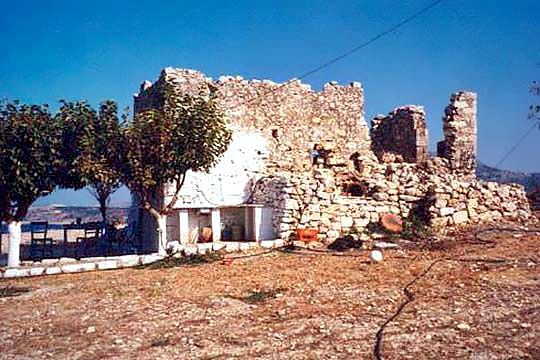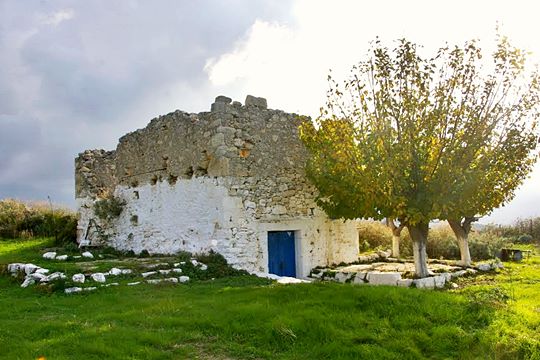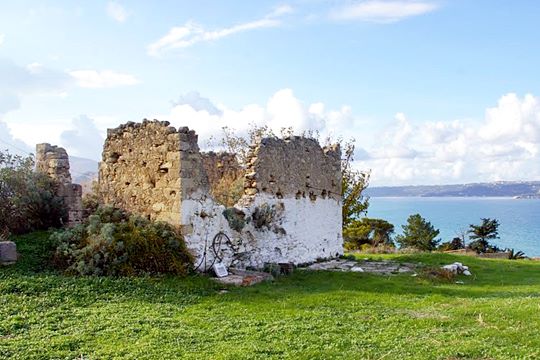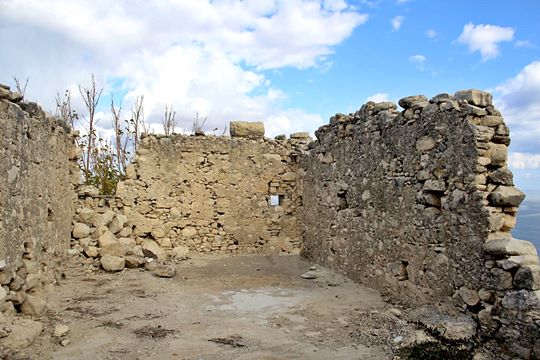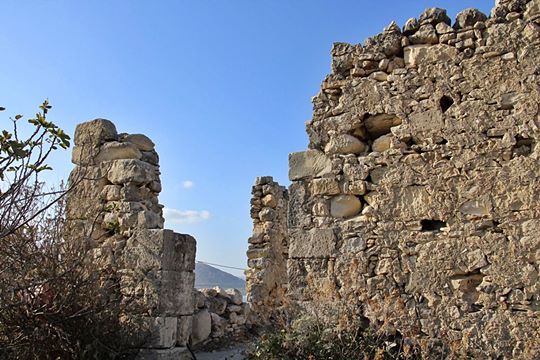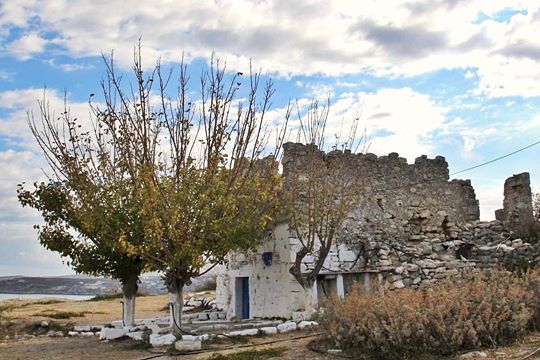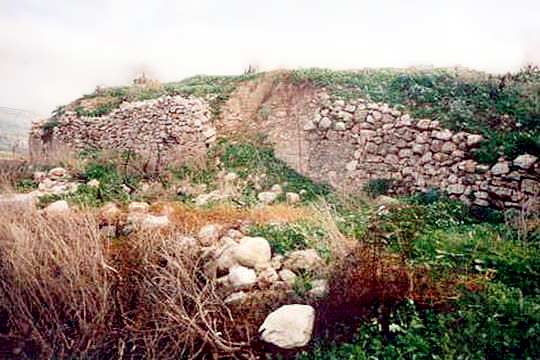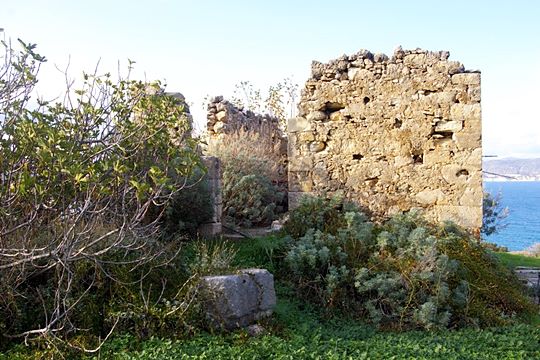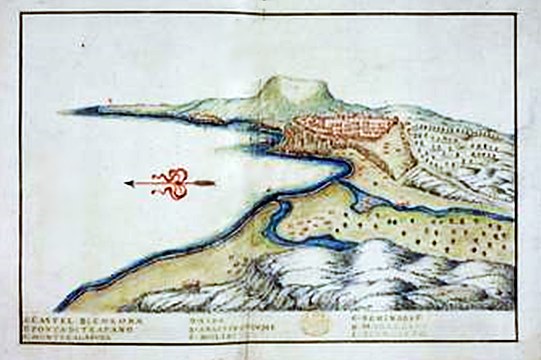Kalyves, Apokoronas, Chania,Crete
Castle of Apokoronas
| Location: |
| On a hill east of the little port of Kalyves at the bay of Souda in Crete |
| Region > Prefecture: | 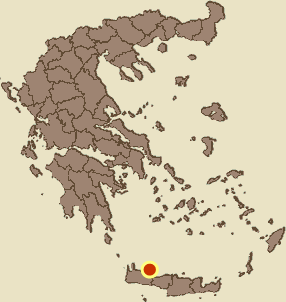 |
| Crete Chania | |
| Municipality > Town: | |
| City of Apokoronas • Kalyves | |
| Altitude: | |
| Elevation ≈ 45 m |
| Time of Construction | Origin | |
| Early 13th century | VENETIAN |
|
| Castle Type | Condition | |
| Castle Ruins |
Rather Poor
|
The fortress of Apokoronas has been one of the most important forts of the Gulf of Souda. Today very few elements remain from this castle and the location does not look like a castle at all.
The Name of the Castle
According to Strabo, the ancient town of Ippokoronion existed on the hill. Obviously the Venetian name Castel di Apicorno or Bicorna derived from the ancient town. The castle gave its name “Apokoronas” to the entire region and remains even today although no castle actually exists.
History
The province of Apokoronas during the Venetian Era was the base of the Castellan. The fort was built on a hill east of Kalives village, called Kasteli, where the view across the bay is amazing. The fort was built there for securing the administrative and military control of the territory, controlling the Souda Gulf and protecting the coastline, from where ships supplied with water (there are five rivers around).
The fortress was built in the beginning of the Venetian rule in Crete, i.e. sometime in the early 13th century.
The fort was quite large, because a document of the engineer Monani (1631) mentions that the fort could fit the most people, compared to any other fortress of Crete. The pirate Barbarossa destroyed the fort in 1538. In 1646, before the Turkish occupation, the Venetians disarmed and abandoned the castel. The Turks repaired it, but at the beginning of the Cretan revolution in 1821, it immediately became a target of the rebels, who destroyed it completely.
Today an undefined mass of rubble is remaining. Only a part of the gunpowder armory survives, which is used as a private house.
However, part of the ruins might belong to the Koule (small fort) built by the Turks in 1867 (although it has not been verified that this was the actual location of the Koule of Kalyves)
| First entry in Kastrologos: | January 2015 |
Sources
- Website Cretan Beache - Castel di Apicorno
|
|
| Access |
|---|
| Entrance: |
| ? |



